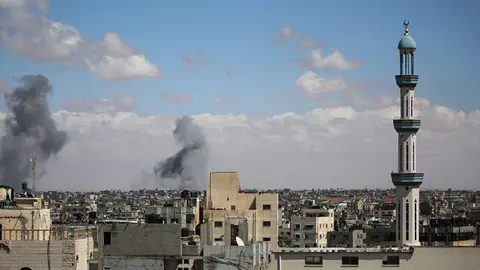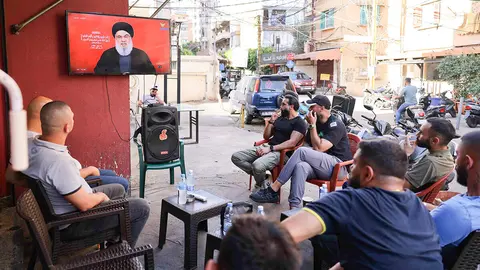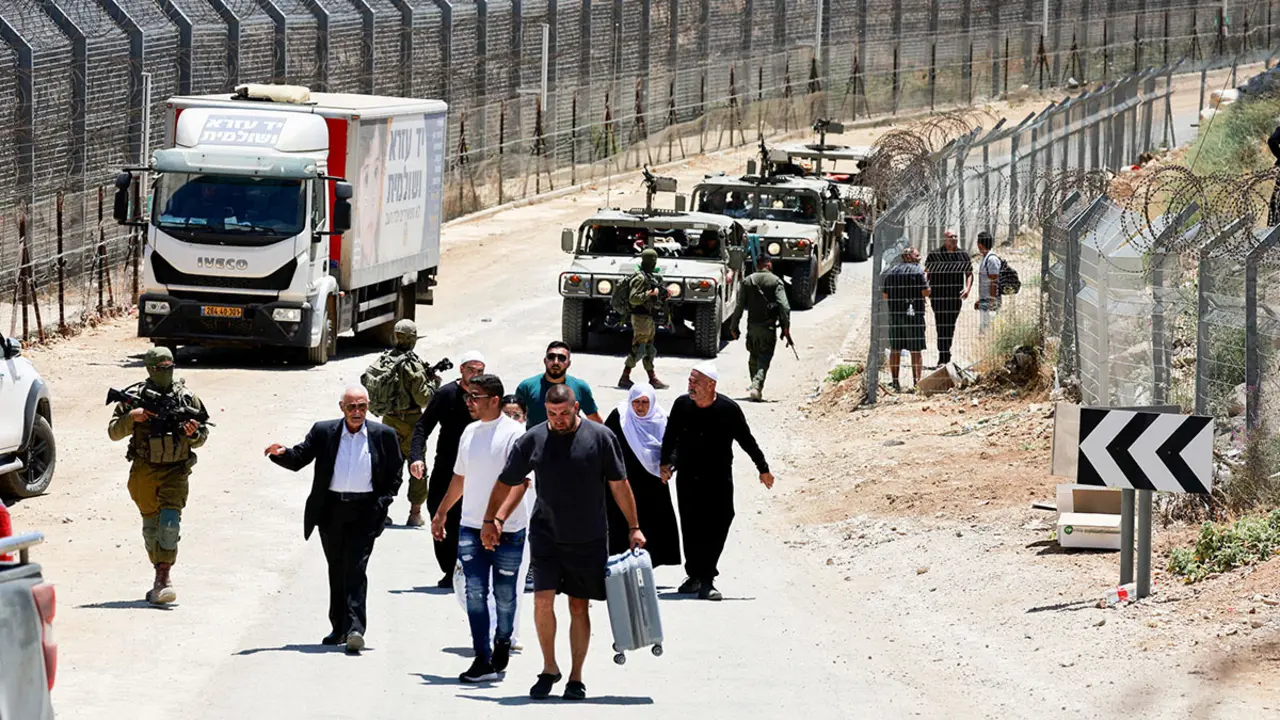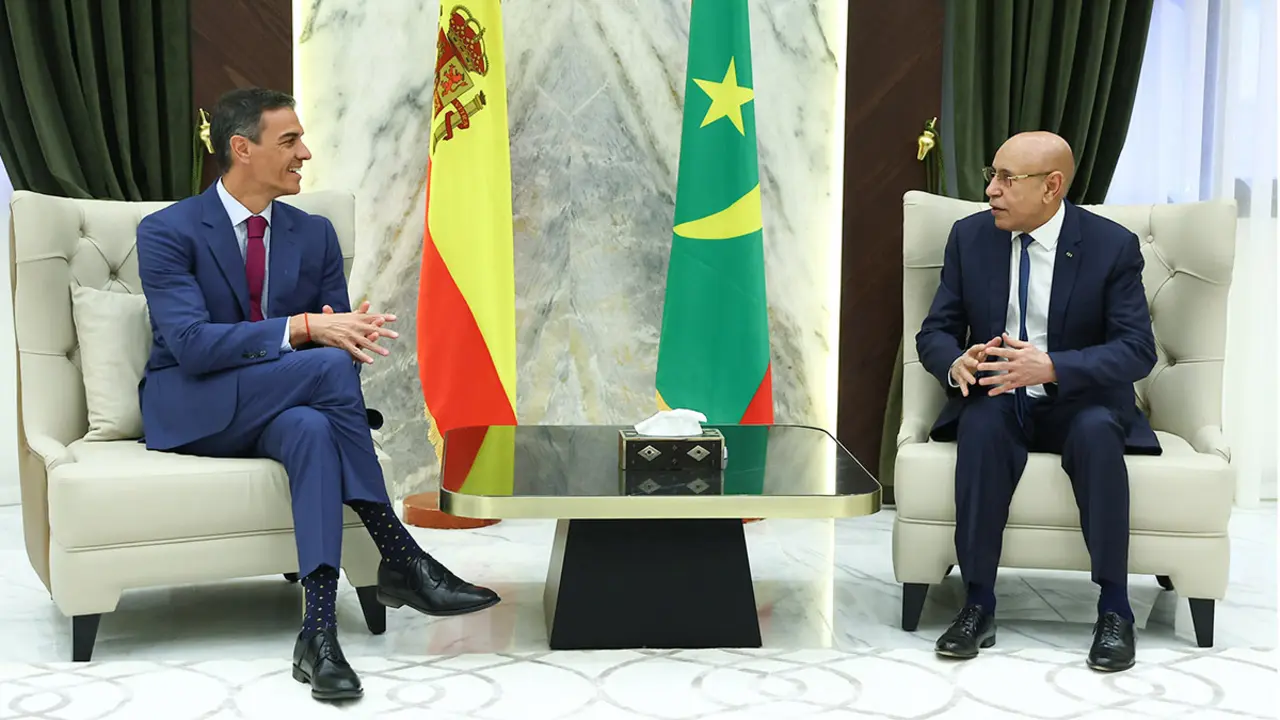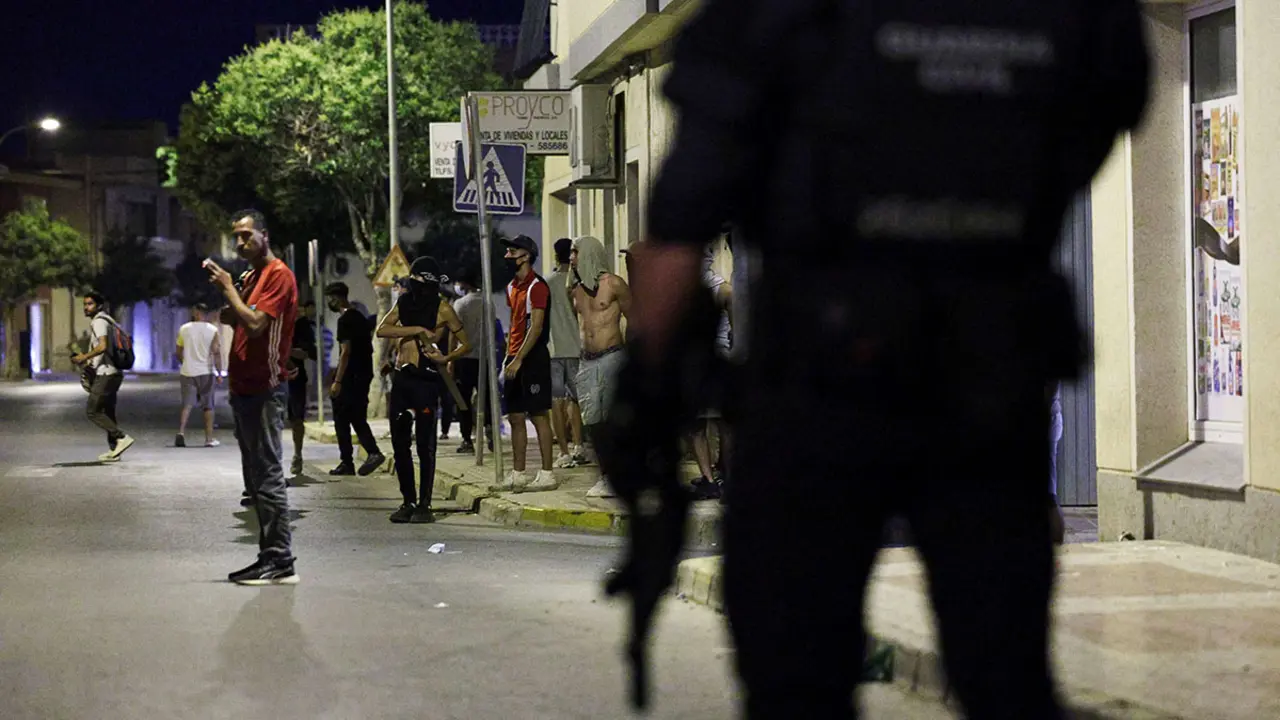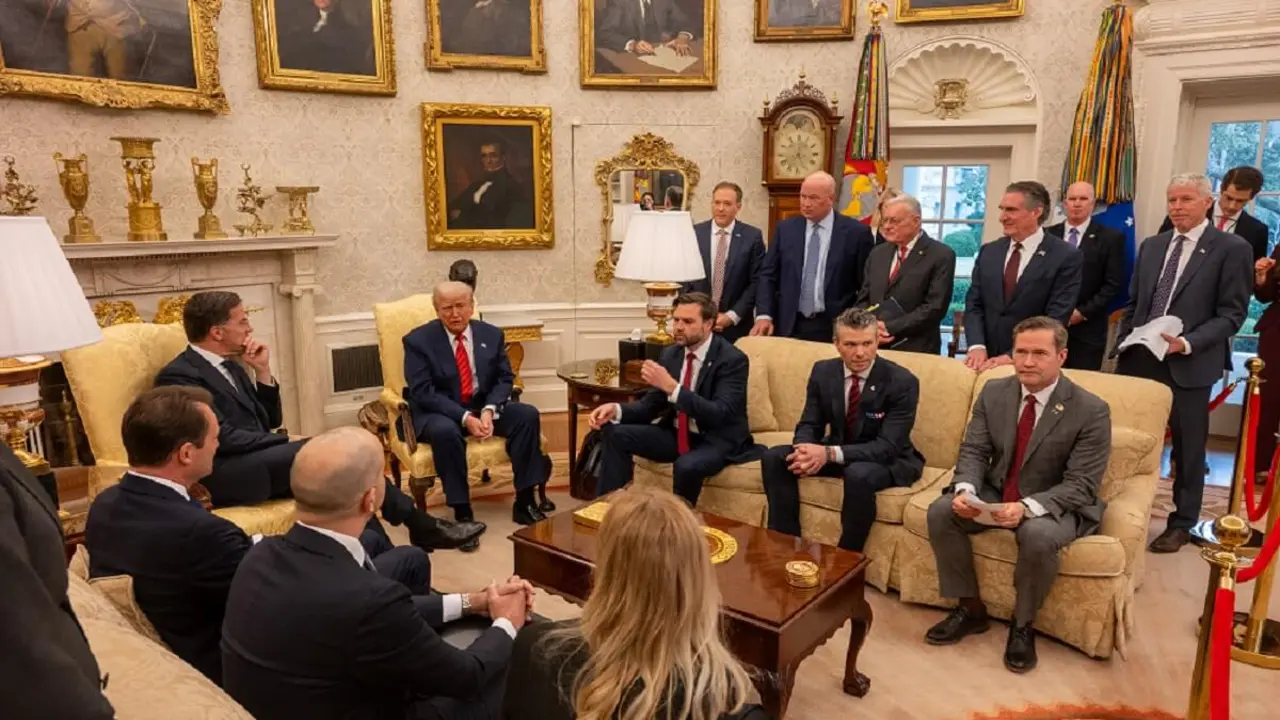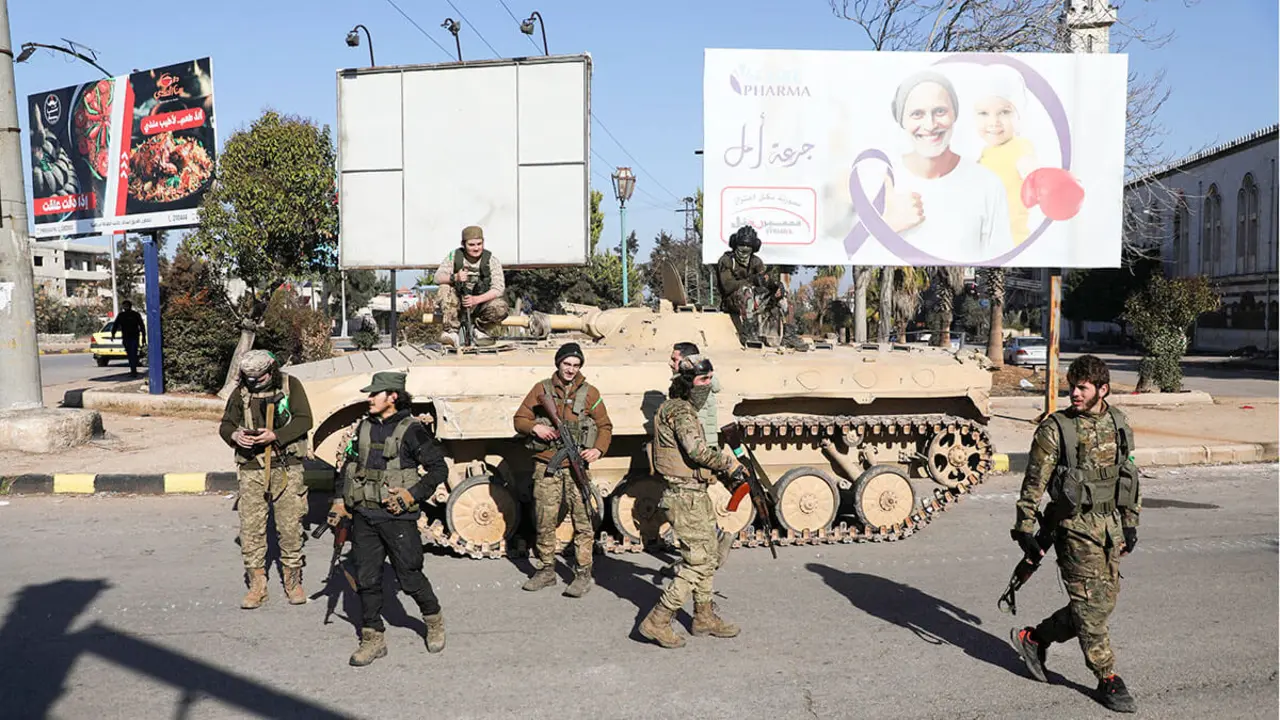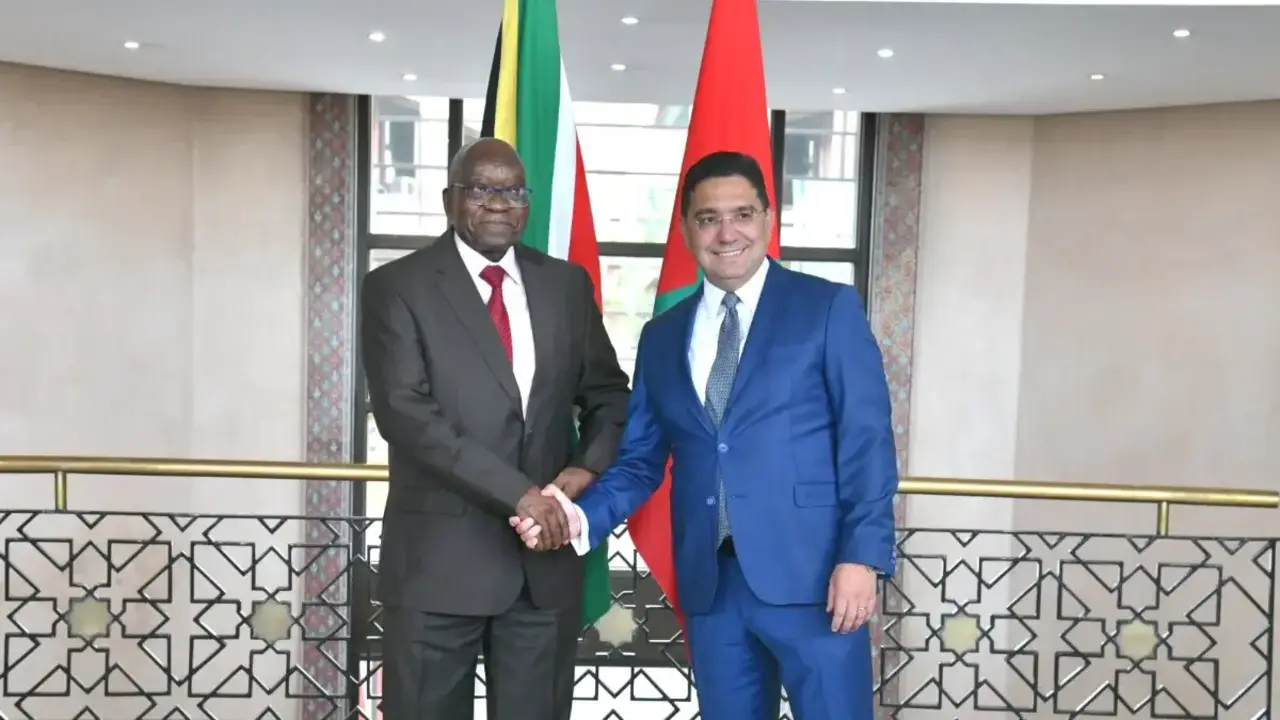A paradigm shift
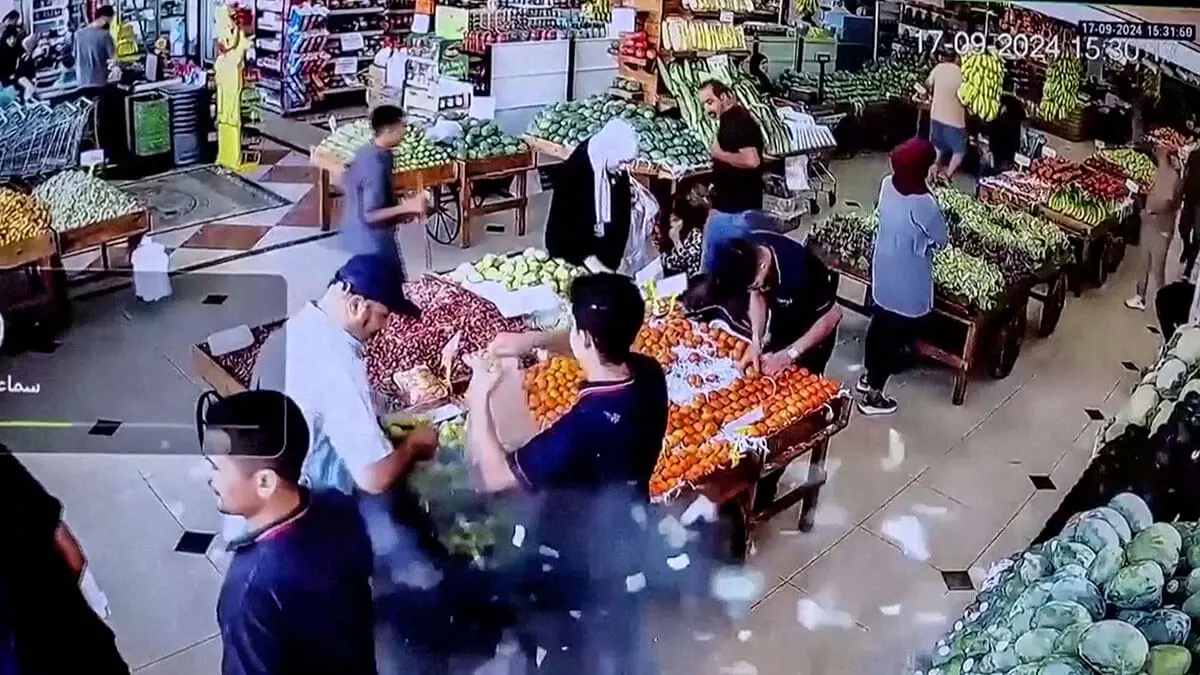
In the field of geopolitics, writing about very recent events or attempting to make ‘hot’ analyses, trying to glimpse the consequences of certain events, is not usually the most accurate approach.
Drawing conclusions when the dust has not yet settled is no easy task and can often lead to erroneous or somewhat incomplete conclusions. Such analysis falls into another category that has its own usefulness.
Coincidentally, I recently came across a paper entitled ‘Why Iran needs Hezbollah’, written by a researcher at Australia's Deakin University named Shahram Akbarzadeh. And, based on what he reflects in his lines, this week we are going to deal with what happened in Lebanon, because the singular and extraordinary nature of the operation carried out by Israel's intelligence services demands it.
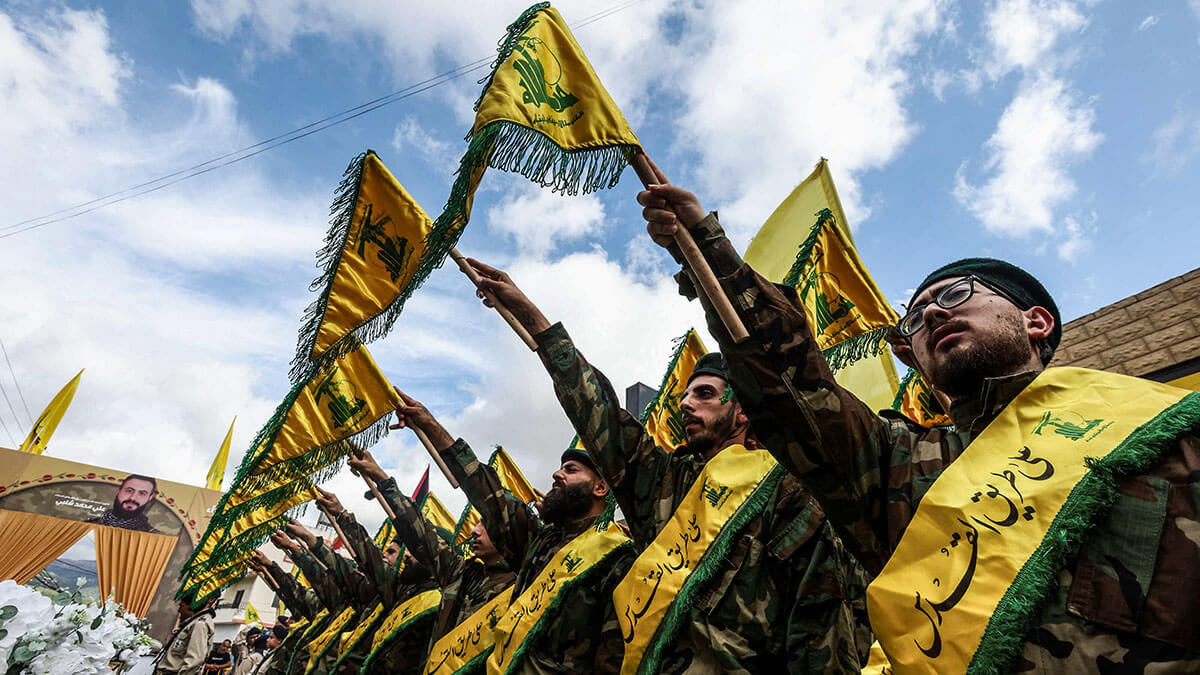
First of all, and before we continue, we need to clarify something very important. Today, no one, absolutely no one, except the Israelis themselves, knows all the information about what happened. In some respects, therefore, we can only speculate. Less than a week after the first series of explosions, and probably for a long time to come, whatever is said, discussed or published about what happened can only be grouped into two categories: more or less well-founded speculation, or biased, partly leaked information, with some specific intention.
What is the basis for this direct attack on the pro-Iranian militia?
‘Iran, even under the presidency of the mild-mannered Hassan Rouhani, has always considered Hezbollah an important strategic asset in its risk calculations. Hezbollah and the Assad regime are seen as Iran's leverage to thwart attempts by the US, Israel and the Sunni sheikhs of the Persian Gulf to reduce the influence of the Islamic Republic of Iran. Although the document speaks of a strategic partnership between Iran and Hezbollah, it overlooks Tehran's involvement in the birth of the militia, and should therefore be referred to as mentoring rather than partnership.
Although the Islamic Republic of Iran is keen to boost its ideological image and insists on rhetoric that frames its foreign policy options in existential terms based on what might be called an epic global battle between good and evil, the Iran-Hezbollah tandem is essentially a strategic response to Iran's threat assessment in its claimed area of influence. Moreover, one cannot overlook the Iranian worldview, promoted by the founders of the Islamic Republic, which is a mixture of Marxist-style revolution, Third Worldist anti-colonialism and Islamic evangelism.
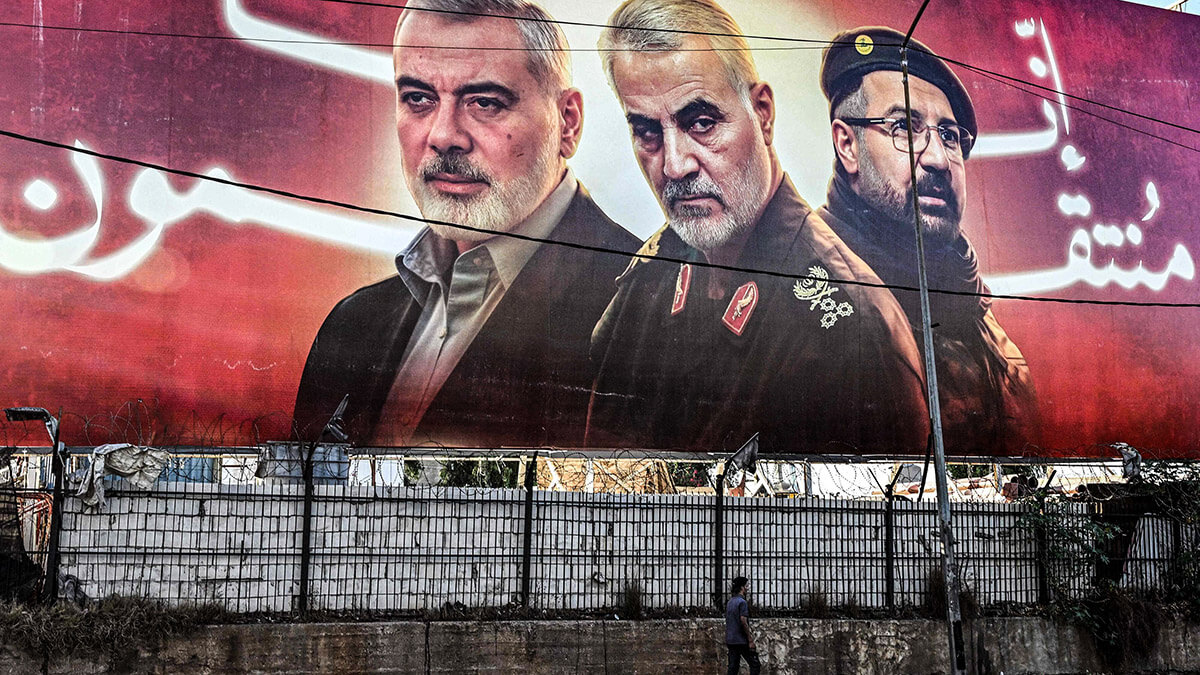
Iran sees itself as the champion of the oppressed masses (Mustazafin) against the arrogance and domination of the oppressors (Mustakberin). And it is this worldview that has enabled the Islamic Republic's leaders to project a vision of the future whose boundaries extend far beyond its territory.
The 1979 Constitution reflects this worldview. The articles dealing with foreign policy do not seek to define national interests in Iran's foreign relations, but rather emphasise the promotion of a universal vision that applies to all oppressed peoples. Article 152 of the Iranian Constitution makes all humanity, especially all Muslims, the point of reference for Iran's foreign policy:
‘The foreign policy of the Islamic Republic of Iran is based on putting an end to any kind of domination, safeguarding the full independence and integrity of the territory, defending the rights of all Muslims, practising non-alignment with respect to the dominant powers and maintaining mutual peaceful relations with non-belligerent nations.’
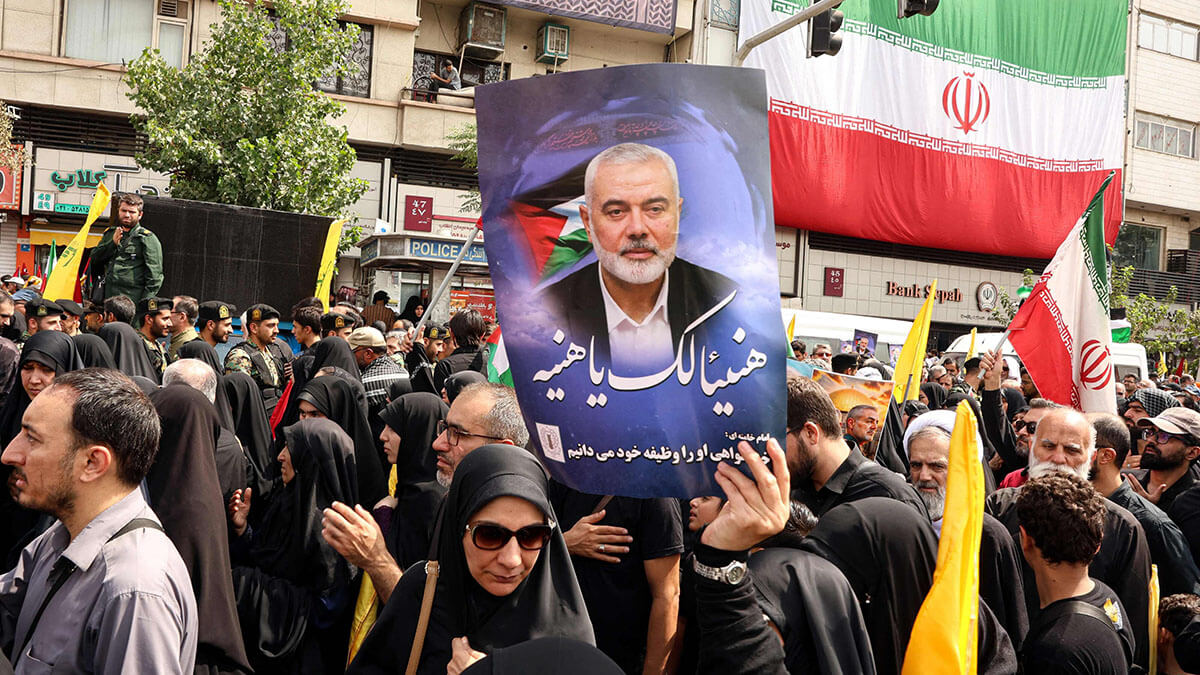
It is true that there are many nuances to be made in this regard, starting with how this vision fits in an already divided Muslim world, whose division is precisely the cause of the fiercest clashes. What is undeniable is that Iran perceives itself as the nation called upon to lead the Islamic world by unifying it under its leadership, or perhaps one should say yoke.
And this vision and understanding of international relations is where Iran's peculiar form of external action comes in, through the use of ‘proxies’ throughout the region, including Hezbollah, although as we have mentioned on other occasions, we have Hamas, the Houthi rebels and the various Shia militias operating in Iraq.
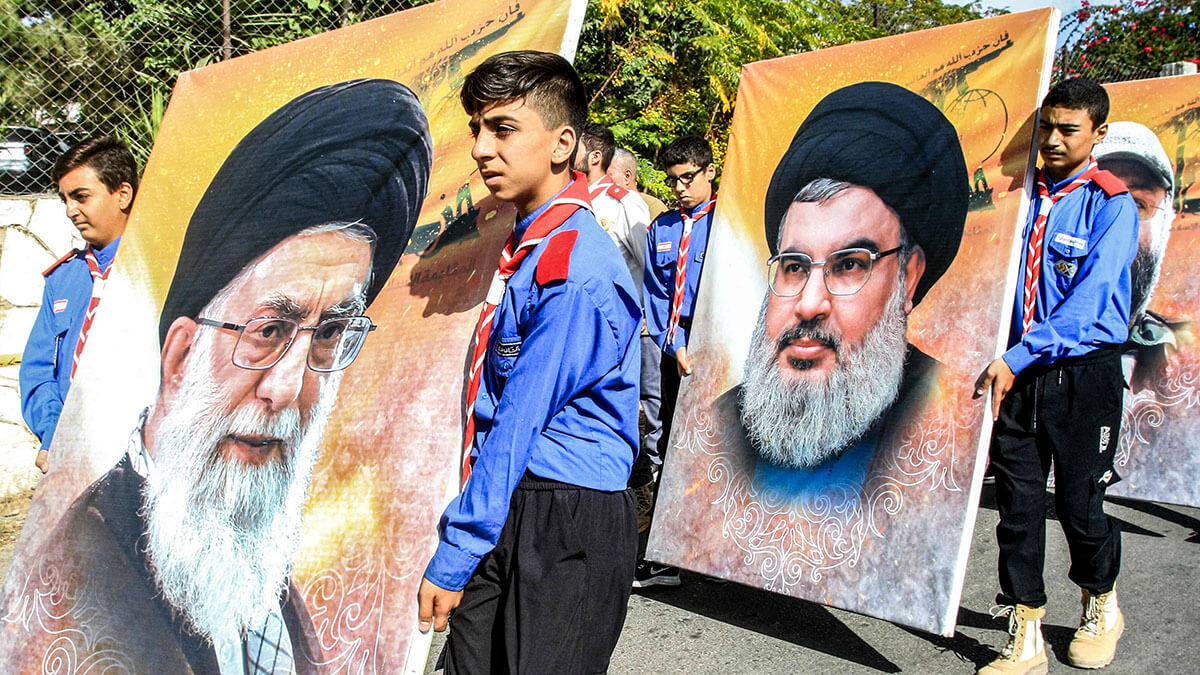
When we try to explain why Iran needs these militias, and in this particular case Hezbollah, one of the main reasons is that they are the instrument to indirectly confront Israel. It is the way to avoid a direct confrontation that would lead to a full-scale conflict in the whole area which, despite the rhetoric and bluster, is in nobody's interest.
But on the other side we have Israel, which cannot remain impassive in the face of the actions of militias in the service of Iran. Regardless of what the Palestinian problem entails, of Israel's own mistakes in dealing with the issue, and even of affinities, the objective fact is that Iran uses and has used the Palestinian cause to its own advantage, manipulating and instrumentalising it to attack those it identifies as its main enemy (although that is another subject that should be dealt with separately and in greater depth).
And something we have also repeated on previous occasions is that Israel will not allow a repeat of 7 October ever to happen again. And that decision involves taking Hamas and Hezbollah out of the picture, or at least degrading them as much as possible.
While the war in Gaza continues in pursuit of the first objective, the clashes with Hezbollah have not ceased, both in terms of the responses to their attacks and the steps Tel Aviv is gradually taking to prepare for a future intervention. The idea is that, when the time comes, such action will either not be necessary due to the level of attrition of the Iranian militia (which is unlikely), or that only limited operations of a limited nature and at little cost to itself will be needed to achieve the final objective.
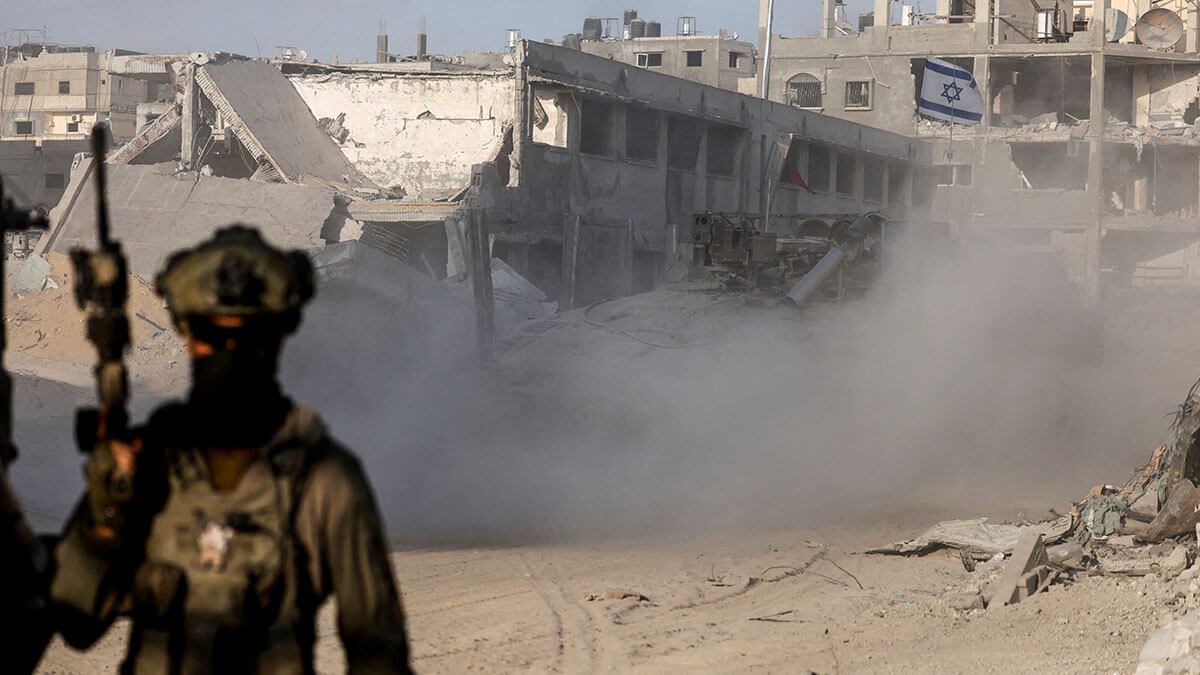
This is where last week's events come in. If any intelligence operation can be considered close to perfection, it is this one. As we mentioned at the beginning, we will not go into the details of execution because that would be to enter the realm of speculation. What is more interesting is to try to sketch the objectives, effects and possible consequences.
First of all, we must emphasise that the main objective was not to cause casualties or physical damage, which was obviously a lot. But, compared to the number of members of the organisation, the casualties caused in terms of quantity are not significant. They were significant in terms of the importance of some of the members affected. A large number of them have been middle management.
This means a breakdown in the organisation's command and control capacity. Regaining that capacity will take time, and is a window of opportunity for Israel. Similarly, the removal of some senior leaders has had an impact on the ability of Hizbollah units to react and organise in any given situation. And it is this window of opportunity that Israel has taken advantage of by launching air strikes just two days after the first wave of explosions.
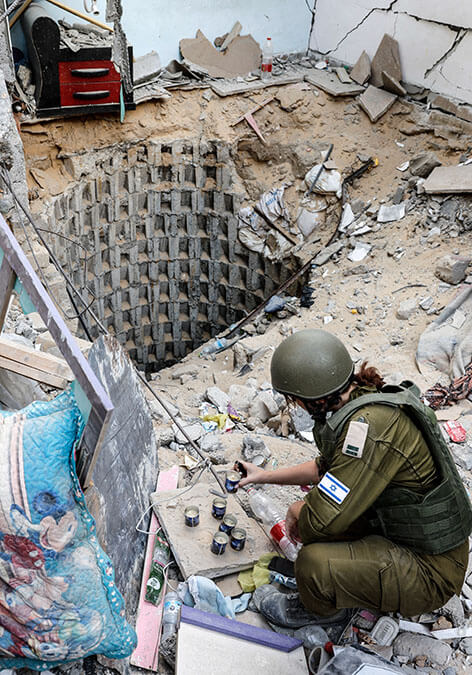
The detonations of the beepers and other electronic devices have also served to draw a map of the organisation's elements, helping to provide a much clearer picture, not only of what is known as ‘ORBAT’, but also of the physical location of many of its assets, which has been of great use to Israel.
Likewise, the need to recompose the command structure and regain control over all its cells and units has led to mistakes which, together with the intelligence previously obtained, have made possible actions such as the one that eliminated the militia's number two.
Another immediate effect of the Israeli operation is the psychosis that has spread among all Hezbollah members. On the one hand, the uncertainty that has been generated. No one can know the real extent of the sabotage, what other elements have been tampered with - indeed, any electronic element is likely to have gone the same way. And the effect on individuals and the organisation of this unknown can be devastating, forcing them a priori to distrust everything.
But to this must be added the concern about the level of infiltration that has been uncovered. For an operation of this scale, not only are enormous resources and technical capacity necessary, but the role of HUMINT actions is key. And this means that Israeli services have a much higher level of penetration than previously estimated, not only in the quantity but also in the quality of the sources. And this inevitably, once again, leads to mistrust and a more than certain witch-hunt.
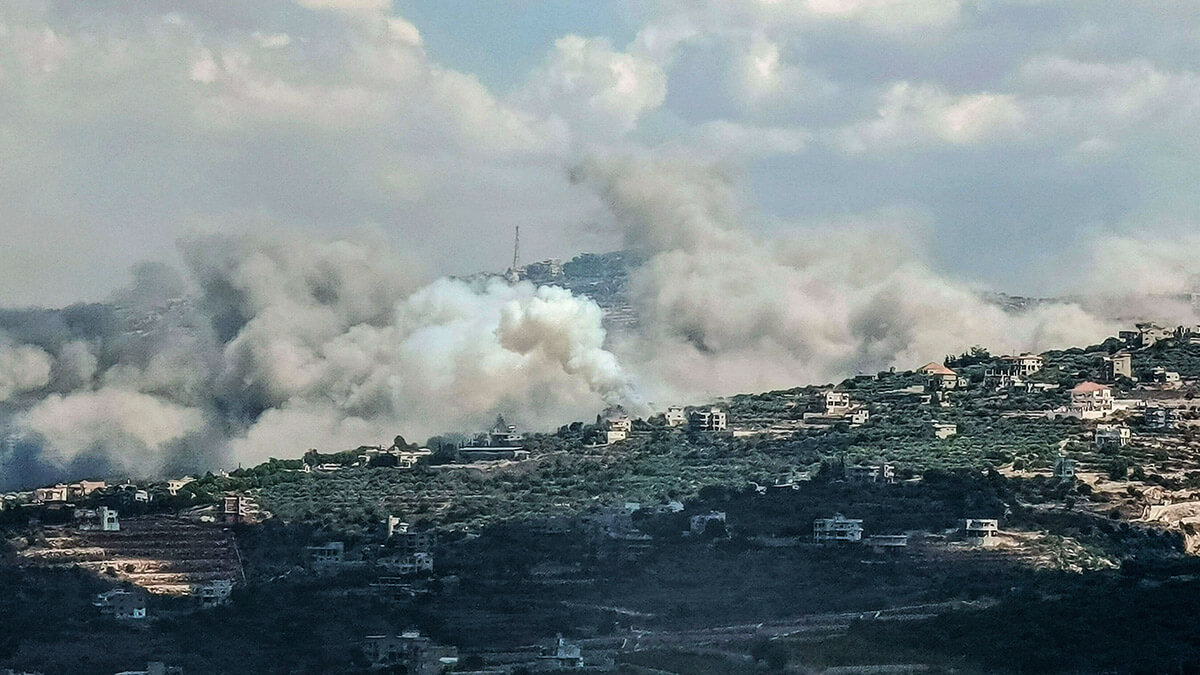
Finally, we cannot ignore the consequences for other militias and Iran itself. No doubt at this very moment in Tehran they are wondering how far Israel has gone. Has the Iranian regime itself been the victim of something similar? That doubt has a direct impact on Iran's future actions. Right now, its possible retaliatory actions, if any, must be much more measured in the face of concerns about what might happen next. No one knows for sure how many aces up the Hebrew state's sleeve it still has up its sleeve.
The spectacular action has opened up a number of possibilities to consider. One option, the least likely, is that Hezbollah, in the face of the fear generated, closes ranks, withdraws, and avoids further provocation of Israel. The other option, in our view the most likely, is that Israel will take advantage of the confusion and the effects of its operation to continue to create the optimal conditions, so that when the time comes to intervene in Lebanon it will be as swift and lethal as possible for Hizbollah, thereby securing its northern border for a long time to come.
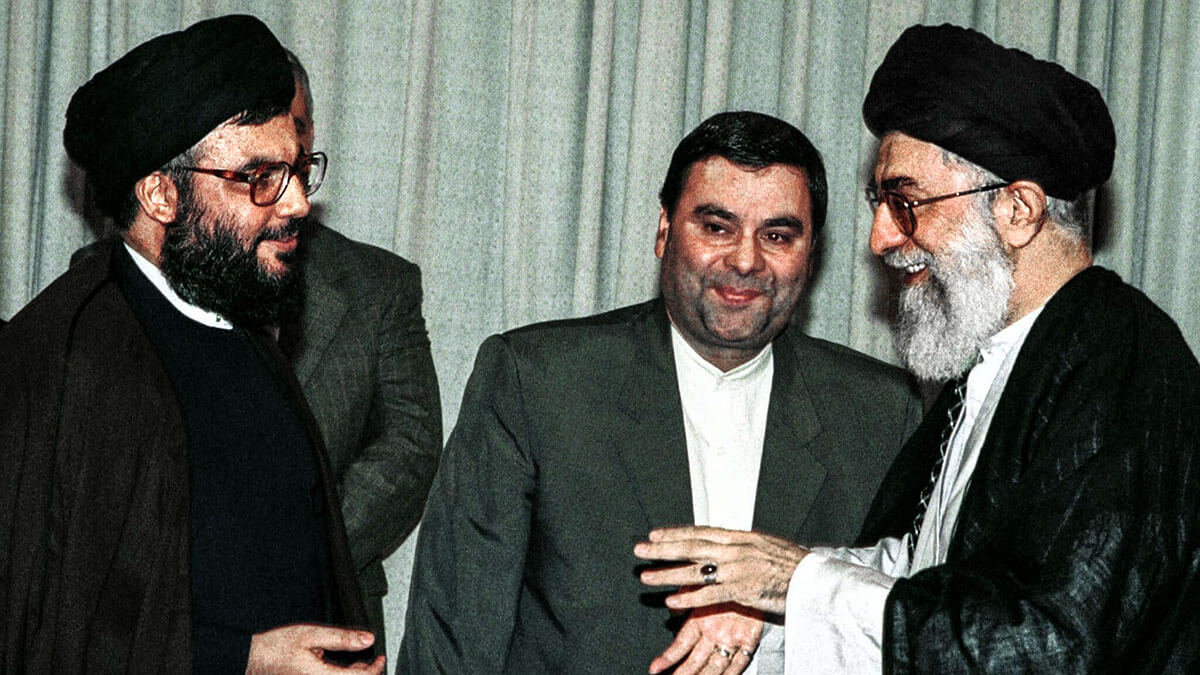
What is certain is that last week's operation was a paradigm shift. As some reputed experts have said, the battlefront is now in one's own home, kitchen, car or office.


